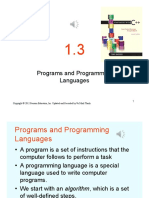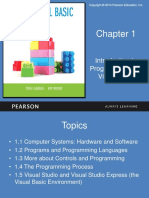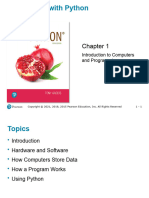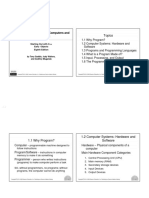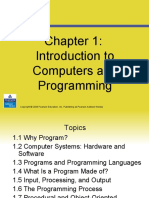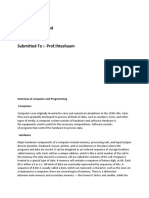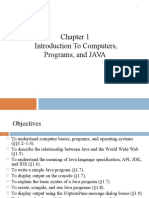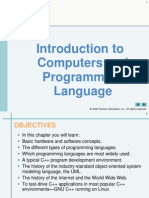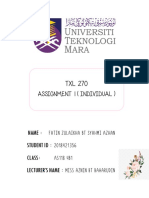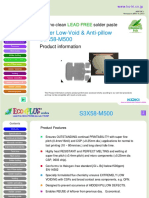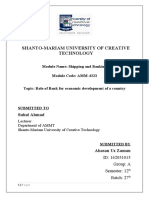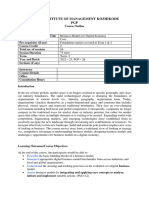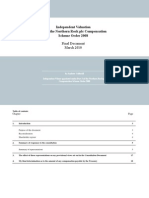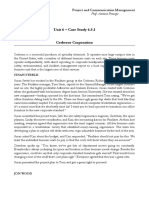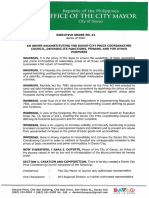0% found this document useful (0 votes)
39 views40 pagesChapter01 C Language
C is a powerful, general-purpose programming language developed in the 1970s. Known for its efficiency and control over system resources, it's widely used for developing operating systems, embedded systems, and applications where performance is critical. C also serves as a foundation for many other programming languages.
Uploaded by
SICO TECH ProductionCopyright
© © All Rights Reserved
We take content rights seriously. If you suspect this is your content, claim it here.
Available Formats
Download as PPT, PDF, TXT or read online on Scribd
0% found this document useful (0 votes)
39 views40 pagesChapter01 C Language
C is a powerful, general-purpose programming language developed in the 1970s. Known for its efficiency and control over system resources, it's widely used for developing operating systems, embedded systems, and applications where performance is critical. C also serves as a foundation for many other programming languages.
Uploaded by
SICO TECH ProductionCopyright
© © All Rights Reserved
We take content rights seriously. If you suspect this is your content, claim it here.
Available Formats
Download as PPT, PDF, TXT or read online on Scribd
/ 40






